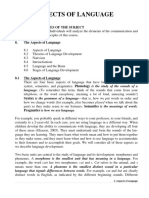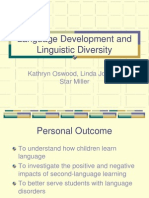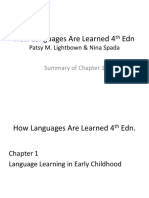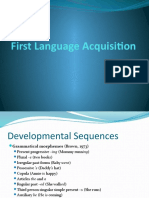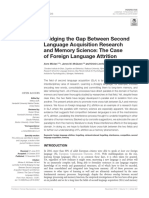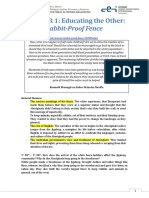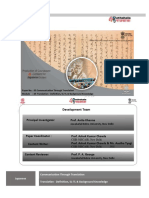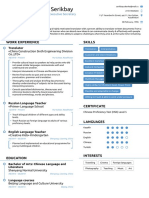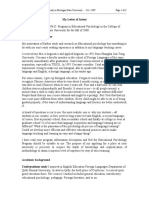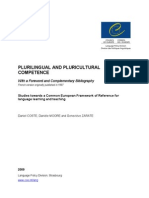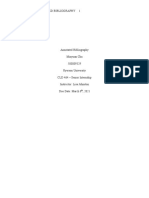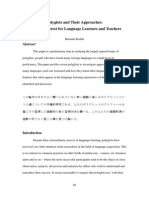0% found this document useful (0 votes)
27 views27 pagesLecture 1 Language Chapter 9 Spring 2025 Post
Chapter 8 discusses the nature and structure of language, emphasizing its grammatical components and the role of pragmatics in social interaction. It presents various theories of language development, including behaviorism, nativism, and interactionism, highlighting the importance of environmental factors and milestones in early language acquisition. Additionally, it explores bilingualism and its cognitive effects, noting that bilingual children may have advantages in executive functioning and cognitive flexibility.
Uploaded by
jaidep.bhattiCopyright
© © All Rights Reserved
We take content rights seriously. If you suspect this is your content, claim it here.
Available Formats
Download as PDF, TXT or read online on Scribd
0% found this document useful (0 votes)
27 views27 pagesLecture 1 Language Chapter 9 Spring 2025 Post
Chapter 8 discusses the nature and structure of language, emphasizing its grammatical components and the role of pragmatics in social interaction. It presents various theories of language development, including behaviorism, nativism, and interactionism, highlighting the importance of environmental factors and milestones in early language acquisition. Additionally, it explores bilingualism and its cognitive effects, noting that bilingual children may have advantages in executive functioning and cognitive flexibility.
Uploaded by
jaidep.bhattiCopyright
© © All Rights Reserved
We take content rights seriously. If you suspect this is your content, claim it here.
Available Formats
Download as PDF, TXT or read online on Scribd
/ 27














